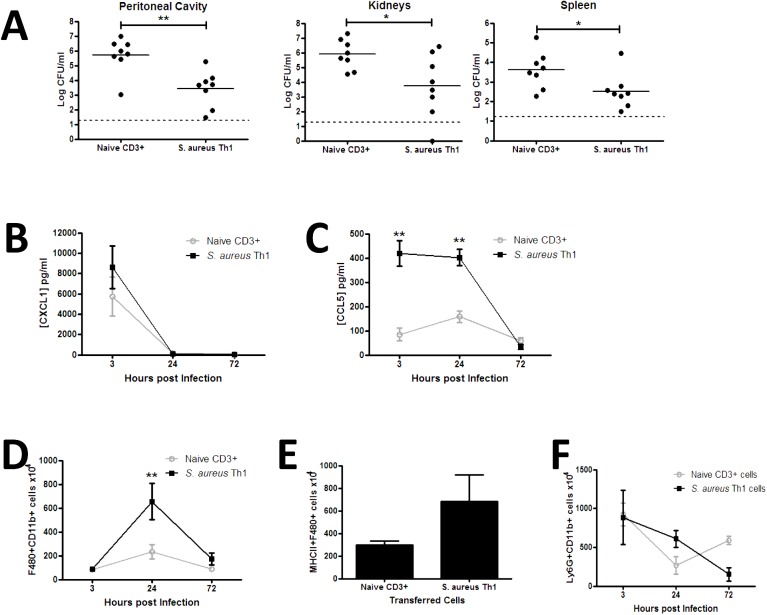Fig 2. Transfer of S. aureus antigen-specific peritoneal Th1 cells protects against subsequent S. aureus infection via enhanced macrophage responses.
Groups of mice received transfers of 5x106 S. aureus specific Th1 cells originating from the peritoneal cavity of previously exposed mice via i.p. injection. Another group of mice received a transfer of 5x106 naive splenic CD3+ cells as a control. At 3 h post transfer both groups of mice were challenged with S. aureus (5x108 CFU) via i.p. injection. At 72 h post-bacterial challenge the bacterial burden was assessed in the peritoneal cavity, kidneys and spleen (A). Results expressed as log10 CFU/ml with mean indicated by bars. At indicated time points post-bacterial challenge, the peritoneal cavity was lavaged with PBS to assess CXCL1 and CCL5 secretion by ELISA (B,C). Results expressed as mean ± SEM. At indicated time points post-challenge, the absolute numbers of macrophages (F4/80+Ly6G-) were assessed in the peritoneal cavity by flow cytometry (D). MHCII expression by infiltrating macrophages was determined 24 h post infection (E). Absolute numbers of neutrophils (Ly6G+CD11b+) in the peritoneal cavity were assessed at the indicated time points post-challenge (F). Results expressed as mean ± SEM. n = 5–8 mice per group. Data pooled from 3 independent experiments. *p<0.05, **p<0.005.

